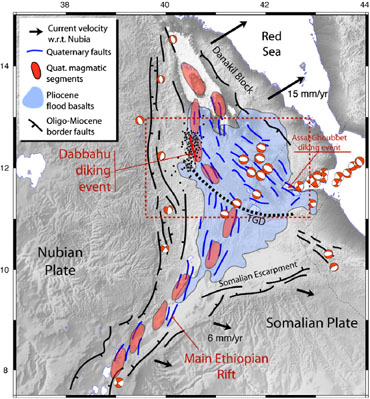
Figure 1: Map of the magmatic segments of the southern Red Sea, western Gulf of Aden and Main Ethiopian Rift
Formation and stability of magmatic segments in the Main Ethiopian and Afar Rifts by Beutel et al, 2010
Non-technical summary
The Main Ethiopian Rift (MER) is in its final stages of continental rifting. Since about 3 million years ago rifting has become focused along narrow magmatic segments (localised areas of volcanic activity) within the broader rift zone. We studied the formation and stability of these magmatic segments and the role of magma intrusions in the Main Ethiopian Rift by modelling the stress fields around the segments during magmatic intrusions.
Modelling of magmatic segments suggest they are formed by elongated intrusions along the rift zone. These intrusions form weak zones and become preferential sites for more intrusions, allowing the segments to grow. During times of low magmatic activity our models predict the segments will remain weak and the focus of continued extension. This means segments, once formed, remain the preferred location for continued magma intrusion thereby maintaining a stable along-rift magma controlled segmentation. The patterns of deformation, seismicity and dyke intrusions in magmatic segments in the MER occur as predicted by our models. These late-stage continental rift segments are similar to the structures and processes found on slowly spreading mid-ocean ridges, indicating that mid-ocean ridge segmentation initiates prior to continental break-up.
Full paper (PDF file)
